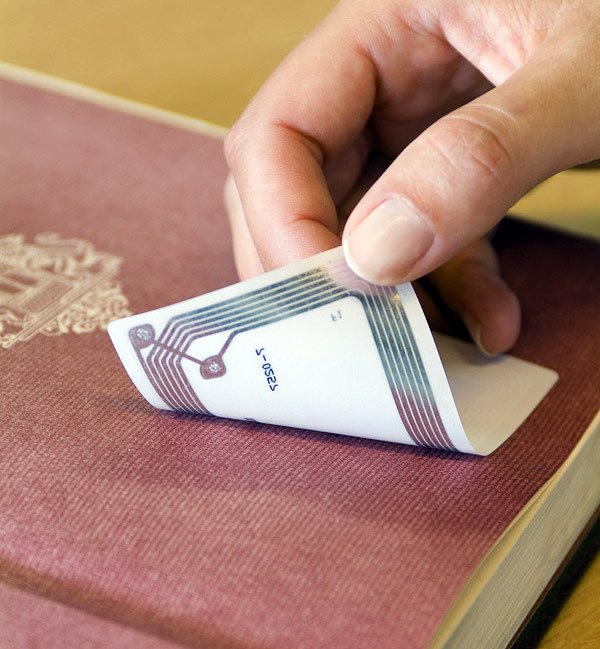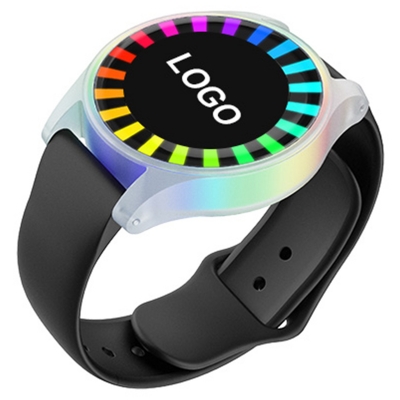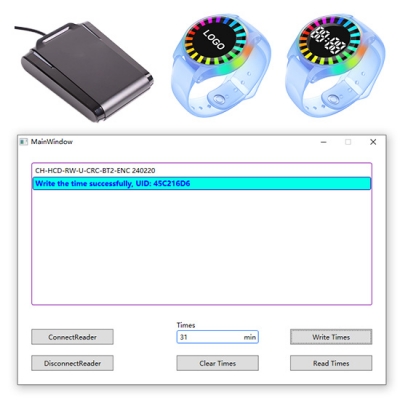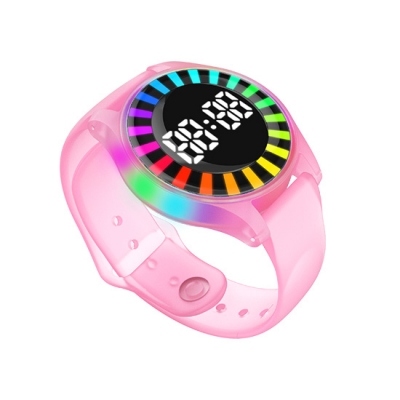
In a world where efficiency and precision are paramount, the utilization of RFID book tags has transformed the landscape of library management. These intelligent tags, equipped with UHF RFID technology for long-range readability and HF NFC technology for close proximity scanning, have become the cornerstone of streamlined operations in libraries, bookstores, and beyond.
RFID book tags come in diverse shapes and sizes, tailored to meet specific client demands. They are crafted using permanent neutral adhesives or ink-release adhesives, adhered to a paper base substrate, which can be customized as per requirements.
Traditionally, UHF RFID technology and HF NFC technology have been employed in RFID book tags. UHF technology allows for long-range reading capabilities, unaffected by the orientation of books on shelves, enabling seamless reading even from several meters away. This proves invaluable during inventory checks, as over 30 tags can be read simultaneously each second, ensuring rapid and error-free inventory processes.

The advantages of utilizing library RFID tags are twofold:
Firstly, the speed of book inventory checks is significantly enhanced, resulting in time and cost savings for library operations.
Secondly, RFID book tags can replace traditional EM and RF-based theft prevention systems, maximizing economic benefits.
The applications of RFID tags for library span across various sectors such as libraries, bookstores, public inventory management, archives, and document processing. These tags provided by MegaCorp offer robust, durable, and efficient solutions for automatic data collection in academic, public, and corporate library setups.
Meihe's RFID book tags can be seamlessly integrated for self-checkout, RFID access control, library item returns, product categorization, theft prevention, and queue management. They enable information extraction and tracking of a book's history, facilitating self-serve lending and return processes while maintaining security and efficiency.

These tags store book-specific data, eliminating the need for direct contact or sight to rewrite and store information. The chip embedded within these tags facilitates multi-tag reading, enabling simultaneous processing of multiple tags for enhanced productivity.
For libraries, these tags provide crucial information including book identification, ownership verification, original storage location, borrowing status, and historical records. Through features like "multi-read," libraries can efficiently manage large volumes of books, enhancing user experiences and operational efficiency.
In summary, the adoption of RFID library book tag in library settings promises not just modernization but a leap towards streamlined operations, improved security, and elevated user experiences, marking a pivotal advancement in library management practices.














